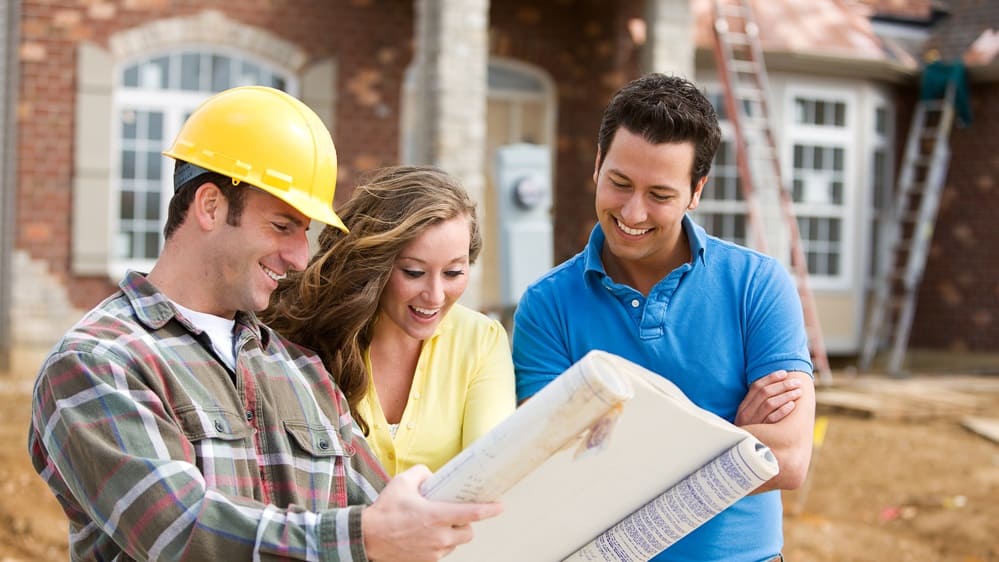We, at Global Reblocking, have been providing professional services to the Victorian community for 20+ years.
Our aim is to provide clients with great quality house reblocking restumping & underpinning in Melbourne Victoria backed up by 15 year assurance guarantee.
Our company has a professionally trained Melbourne restumping team who specialize in house restumping reblocking and relevelling homes since early 1990.
Our company has a membership with HIA as well as being registered as a Building Practitioner under Building Commission Victoria.
Customer satisfaction is our primary objective, and therefore, is guaranteed. Our job is complete only when the customer is happy. We provide support after the project is complete and are always available to answer any questions you may have.






